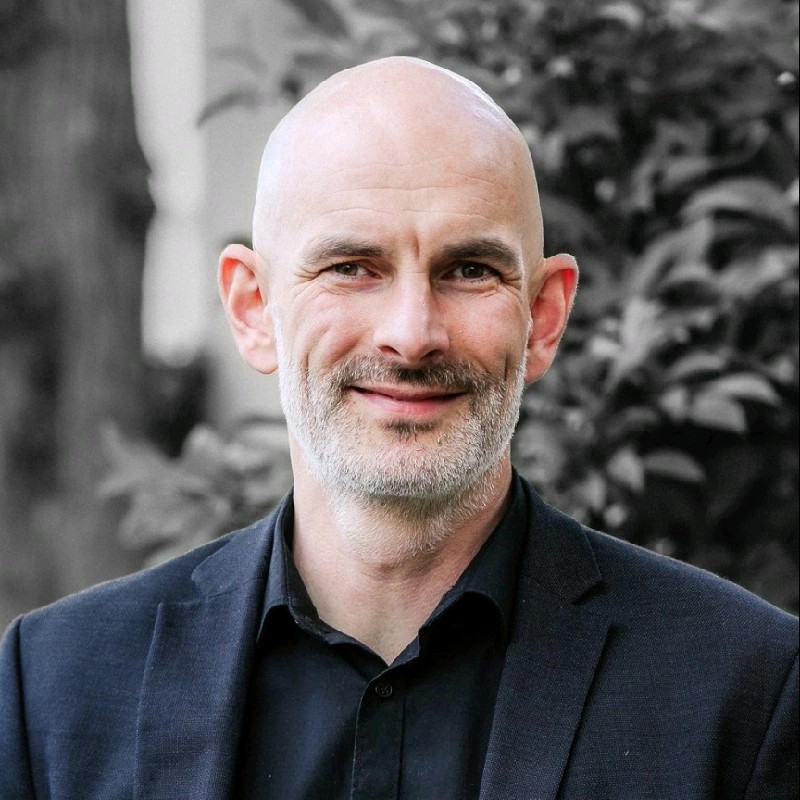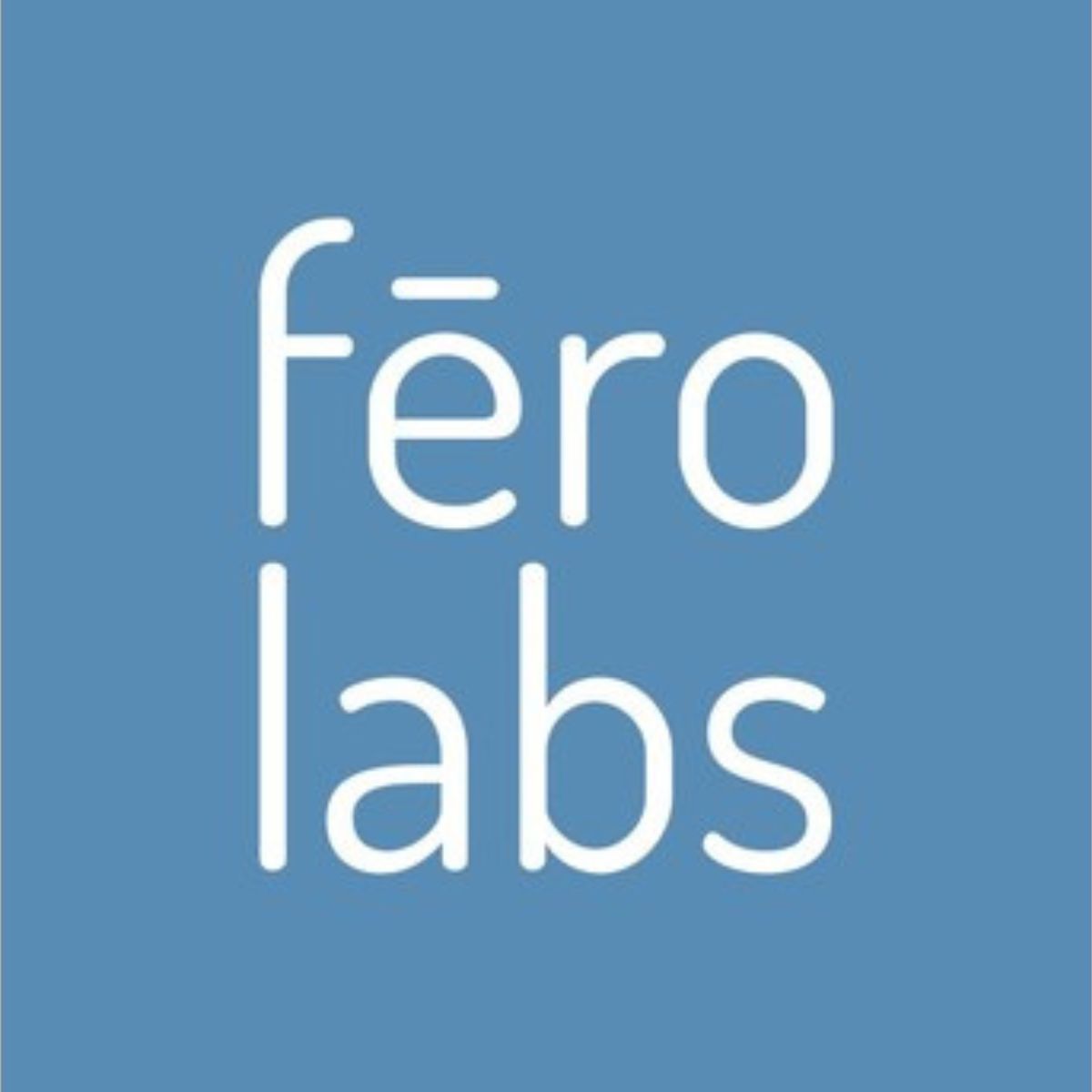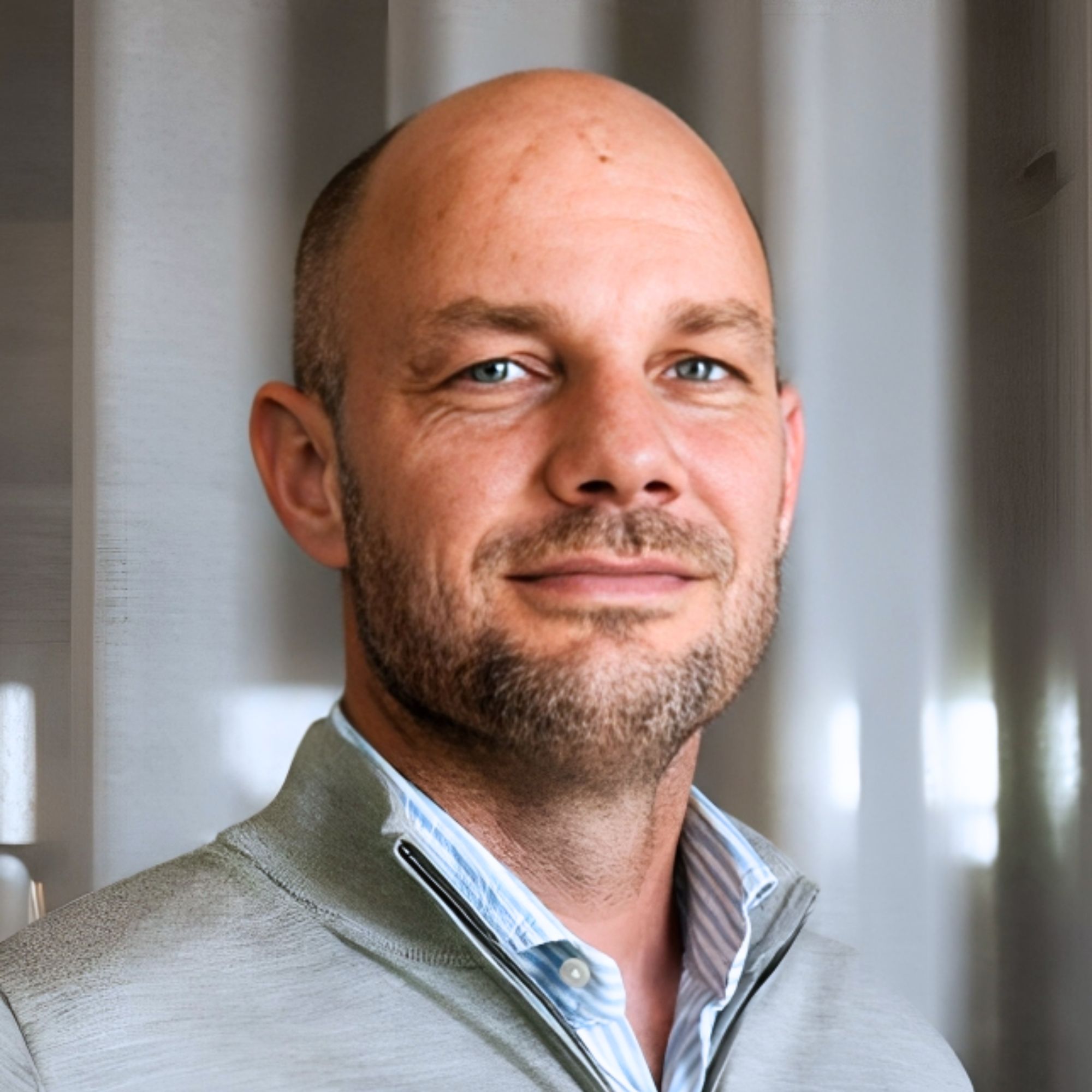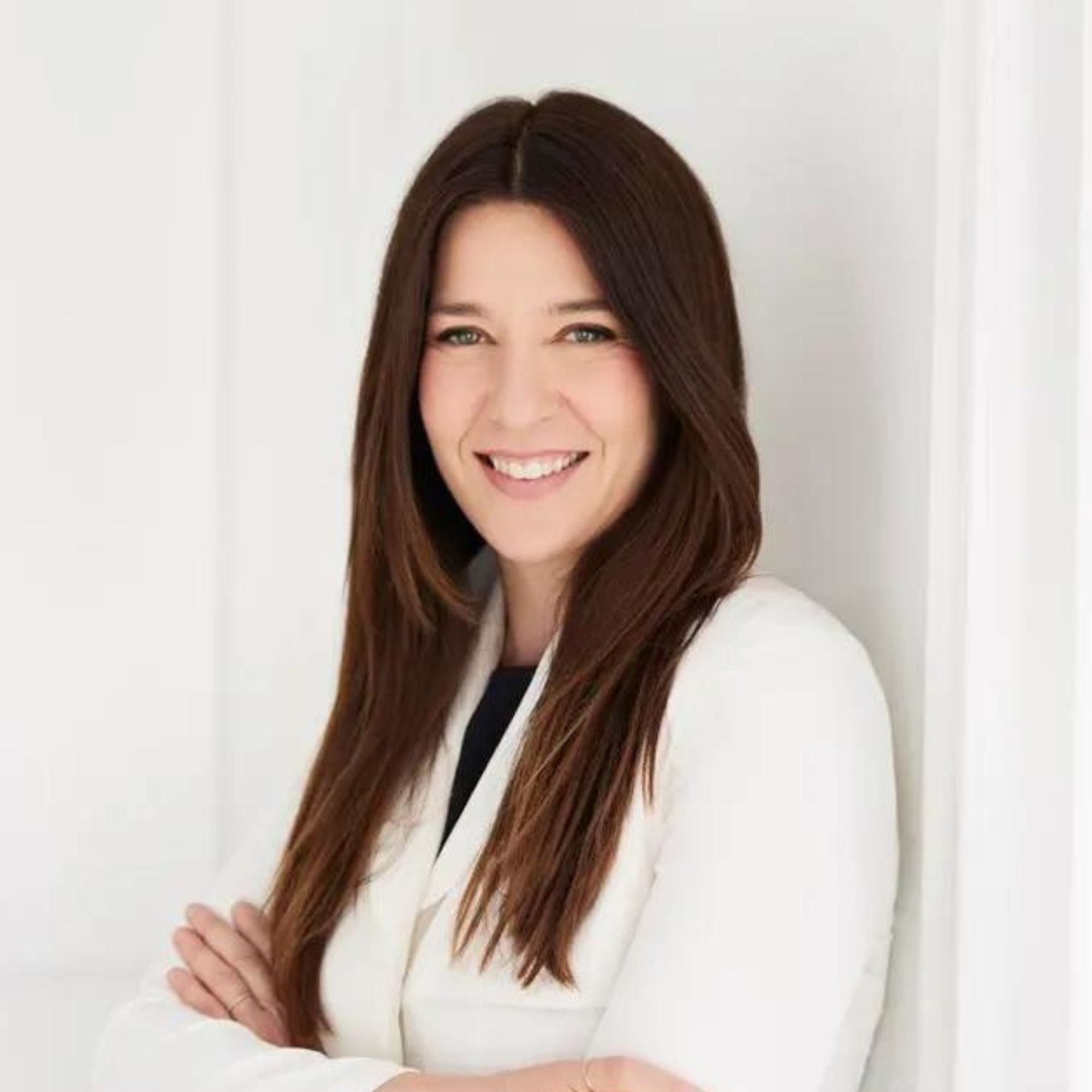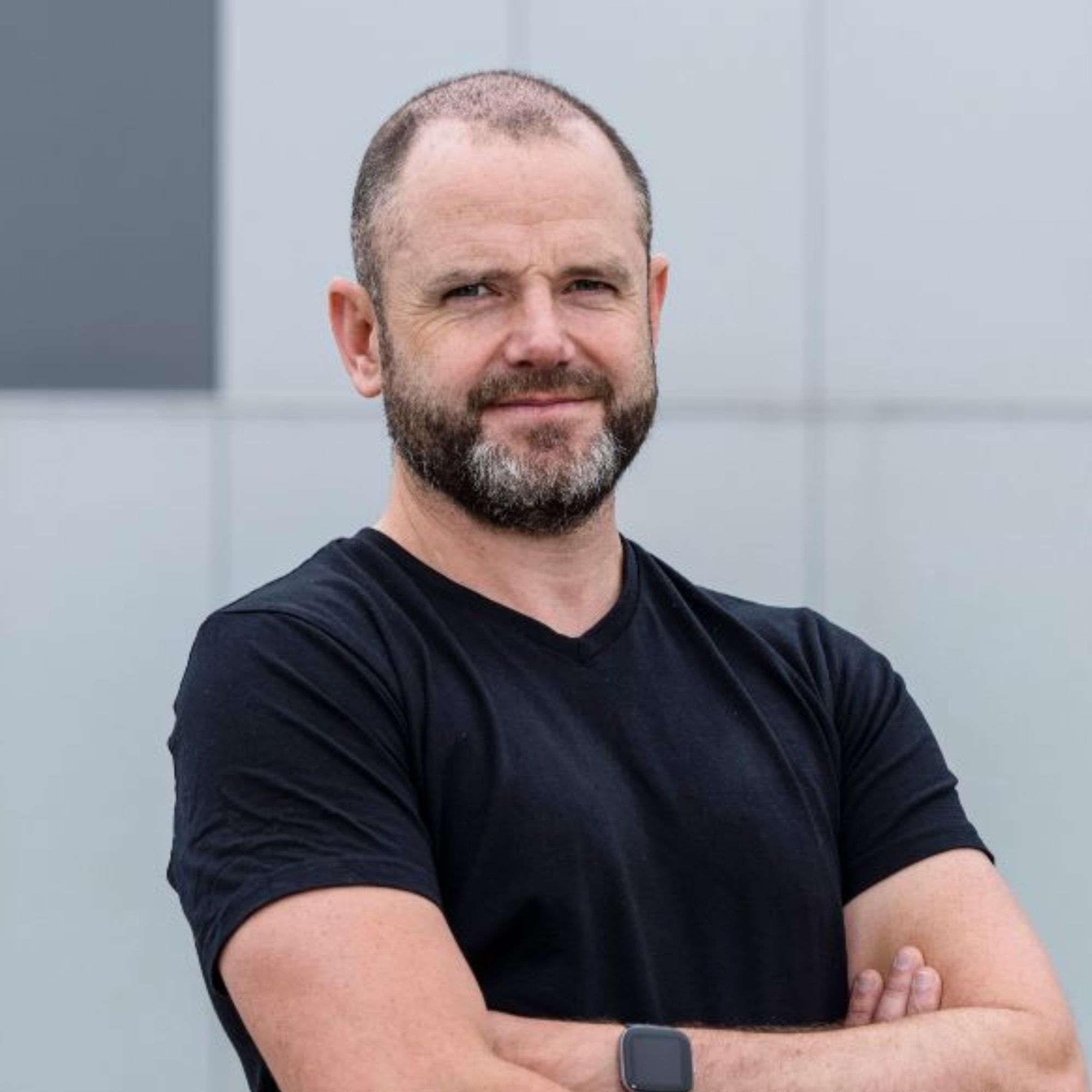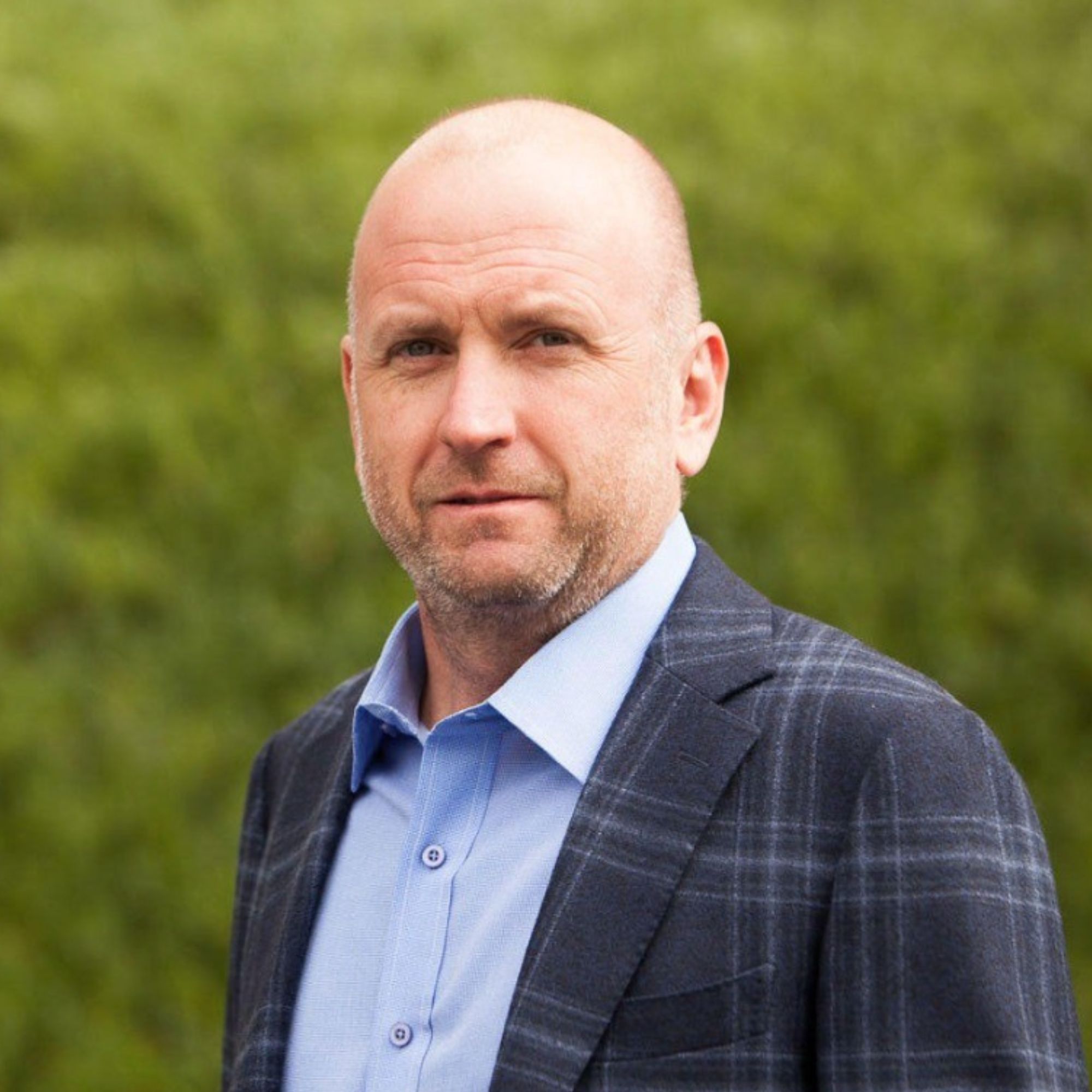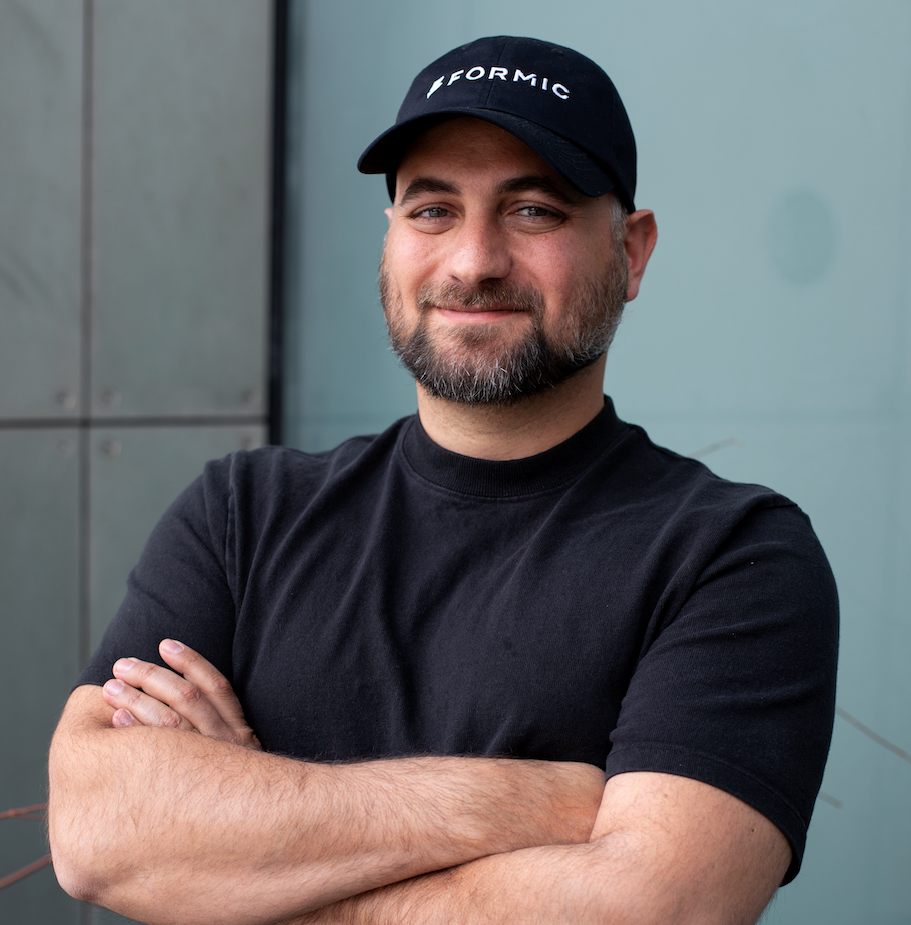Ready to build your own Founder-Led Growth engine? Book a Strategy Call
Frontlines.io | Where B2B Founders Talk GTM.
Strategic Communications Advisory For Visionary Founders
Actionable
Takeaways
Navigate ultra-conservative B2B markets with staged proof:
Jacob outlined a methodical approach for entering markets where customers are "terrified of change" due to tight margins and operational risks. Start with small lab samples to top customers, progress to pilot-scale demonstrations over 6-12 months, then secure commercial installations. This staged approach allows conservative buyers to gradually build confidence while de-risking their decision-making process.
Leverage toll manufacturing for customer credibility and capital efficiency:
Rather than building manufacturing capabilities, Copernic partners with established catalyst manufacturers using an "Apple model" - they own the IP while trusted partners handle production. This approach provides three key advantages: faster scale-up, capital efficiency, and most importantly, customer comfort with proven quality control systems. For deep-tech founders, partnering with established players can accelerate market acceptance.
Turn industry conservatism into a competitive moat:
While chemical industry conservatism creates barriers to entry, Jacob recognized it also creates powerful moats once you're established. Companies using 100-year-old iron-based catalysts represent massive switching costs and customer lock-in opportunities. Founders entering conservative industries should view initial resistance as future protection against competitors.
Design for drop-in replacement adoption:
Copernic deliberately engineered their catalyst to work within existing plant infrastructure, minimizing customer adoption friction. Jacob emphasized using "base metals" (common, inexpensive materials) and standard manufacturing techniques to ensure compatibility. When disrupting established industries, reducing implementation complexity can be more valuable than maximizing performance gains.
Build technical credibility through domain expertise transfer:
Jacob's nine years at BASF provided deep industry knowledge that proved essential for both product development and customer trust. His background in corporate venture capital gave him insights into how large chemical companies evaluate new technologies. Founders targeting specialized B2B markets should consider how domain expertise - whether through hiring, partnerships, or personal experience - can accelerate credibility and customer relationships.
Position platform technology for multiple market opportunities:
While focused on ammonia catalysts initially, Jacob positioned Copernic as a platform company with computational catalyst design capabilities applicable across multiple chemical markets. This platform approach appeals to investors seeking larger addressable markets while providing strategic flexibility as the company scales.
Conversation
Highlights
Cracking the World’s Most Conservative B2B Market: How Copernic Catalysts Penetrates a Century-Old Industry
The ammonia industry operates on technology that hasn’t fundamentally changed in 100 years. While computational design revolutionized pharmaceuticals decades ago, chemical catalysts remained trapped in a cycle of trial and error that began in the early 1900s. That disconnect caught the attention of Jacob Grose, who spent nine years inside BASF before founding Copernic Catalysts.
In a recent episode of Category Visionaries, Jacob shared how his company, Copernic Catalysts, has raised $10 million in funding to tackle one of the world’s most risk-averse markets – and the unconventional go-to-market strategies required to succeed.
The $80 Billion Opportunity Hidden in Plain Sight
Jacob’s eureka moment came from recognizing a massive technology gap hiding in plain sight. “Ammonia plants are still using pretty much the same catalyst that was developed 100 years ago at my former company, BASF,” he explains. “You know, was an iron based catalyst then, it’s an iron based catalyst now. The big innovation of the last century was they move from one type of iron ore to another type of iron ore.”
This stagnation exists in an industry generating $80 billion annually and responsible for 1% of global greenhouse gas emissions. More critically, ammonia synthesis enables the fertilizer production that feeds 8 billion people worldwide. Jacob draws the historical parallel: “At the beginning of the 20th century… the human population was about 2 billion people back then, but they were running out of fertilizer… So what the scientists of the day did, my old company, BASF, they explored 20,000 different materials to come up with the iron based catalyst.”
That hundred-year-old solution prevented mass starvation and enabled population growth from 2 billion to 8 billion people. But it’s overdue for an upgrade.
Why Conservative Markets Create the Biggest Opportunities
Most founders avoid ultra-conservative industries, viewing risk aversion as an insurmountable barrier. Jacob sees it differently. The very conservatism that keeps competitors away creates massive moats once you’re established.
“Even among B2B customers in the chemical catalyst space, you have a group of people who are incredibly conservative about adopting new catalyst technologies because they’re afraid of plant downtime,” Jacob notes. “Their margins are really tight. They need their plants to be operational as close to 100% of the time as they can, and they’re terrified of change.”
But this fear creates opportunity: “Once a catalyst is proven, once you’ve demonstrated it out in the field, then adoption historically in the growth stage of these companies has been very fast because our customers are making commodities where they only compete on price.”
The financial impact justifies the cautious approach. Jacob’s catalyst promises savings of “tens of millions of dollars per year per plant” that “drops right to the bottom line.” For companies with razor-thin margins, those savings represent transformational competitive advantages.
The Three-Stage Trust-Building Strategy
Penetrating this market requires patience and methodical proof. Jacob developed a three-stage validation process designed to gradually build customer confidence:
Stage one involves lab-scale sampling: “Right now we’re able to make tens of grams of that catalyst at our lab here in the Boston, Cambridge area. And we’ve already sampled that catalyst now to some very large customers. Like, for example, one of the top five ammonia producers globally is testing our catalysts as we speak.”
Stage two scales to pilot demonstrations: “The next step is to partner with them on a pilot scale demonstration… putting the catalyst in a plant that can do anywhere from 1 to 5 tons of ammonia production per day… we’ll test it out over six to 12 months, prove that our catalyst is stable over this time and shows really good performance.”
Stage three targets commercial installation: “Based on that, we’re expecting to get POs for first commercial installation in the 2028 time frame… hundreds of tons of catalysts will go into that first installation. And once it’s proven in that first plant, then the hockey stick really takes off, because everyone’s going to want it.”
This methodical approach acknowledges the customer’s risk profile while systematically addressing their concerns through increasingly robust proof points.
Manufacturing Strategy: The Apple Model for Chemicals
Rather than build manufacturing capabilities, Copernic outsources production to established catalyst manufacturers. Jacob calls this “very similar to that of Apple” – owning the intellectual property while partnering with proven manufacturers.
This strategy delivers three critical advantages. First, speed: “It allows us to be very fast in the scale up.” Second, capital efficiency: “We don’t have to spend a lot of our precious venture dollars on, you know, expensive things like manufacturing equipment.”
Most importantly, it builds customer trust: “Our customers are much more likely to be comfortable with some of the largest catalyst manufacturers in the world doing our manufacturing than taking a bet on the quality control from a new startup doing manufacturing for the first time.”
This approach transforms a potential weakness – being a startup without manufacturing credibility – into a competitive advantage by leveraging established players’ reputations.
Design Philosophy: Drop-In Replacement Adoption
Copernic deliberately designed their catalyst to minimize adoption friction. “Our catalyst just drops into the existing plants more or less as is, so our customers can adapt to it rather quickly,” Jacob explains.
The catalyst uses “base metals” – common, inexpensive materials rather than expensive platinum or ruthenium. This choice enables both the toll manufacturing strategy and customer cost acceptance. “They’re commonly available metals… it allows us to outsource our manufacturing toll manufacturers.”
By designing for seamless integration with existing infrastructure, Copernic removes the capital expenditure and operational changes that would otherwise create adoption barriers.
Branding in a Logo-Free Industry
Most chemical companies treat branding as an afterthought. Jacob recognized this created differentiation opportunities: “Chemical engineers are not usually the biggest on design and marketing and logos and stuff like that… That gives us an inherent advantage as a startup who actually cares about our brand.”
Copernic’s planetary naming convention – starting with their Neptune catalyst – creates memorable differentiation. “We decided to brand our catalyst after planetary bodies in our solar system, basically planets and moons,” Jacob says. Even basic branding improvements stand out: “We were looking at some of our competitors and they don’t even have a brand logo. They just have… text with a little TM next to it.”
The Platform Vision Beyond Ammonia
While focused on ammonia catalysts initially, Jacob positions Copernic as a platform technology company. “We’re not just a one trick pony. We’ve got a platform technology for catalyst design that again combines the best of computational modeling and high throughput experiment.”
The company is already developing their second catalyst, targeting another large chemical market with similar cost reduction and sustainability benefits. This platform approach appeals to investors seeking larger addressable markets while providing strategic flexibility as the company scales.
Jacob’s vision extends beyond individual products: “We’ve got a platform that allows us to do both at the same time to make the manufacturing more efficient, which makes it both cheaper and sustainable at the same time… in the 5, 10 year time frame, we’ve got a large pipeline of catalysts, much like a biotech.”
Lessons for Conservative Market Entry
Copernic’s approach offers a blueprint for penetrating risk-averse B2B markets. Success requires understanding that conservatism isn’t just an obstacle – it’s also protection once you’ve established credibility.
The key principles include: design for zero-friction adoption, use staged proof to build confidence gradually, leverage established partners for credibility, focus on bottom-line impact in commodity markets, and maintain patience for long sales cycles while building systematic competitive advantages.
Jacob’s journey demonstrates that the world’s most conservative industries often hide the biggest opportunities. The same risk aversion that keeps most startups away creates powerful moats for those patient enough to earn customer trust through methodical execution.
As the chemical industry faces pressure to modernize for sustainability and efficiency, companies like Copernic Catalysts are positioned to capture enormous value by finally bringing 21st-century technology to century-old problems.


